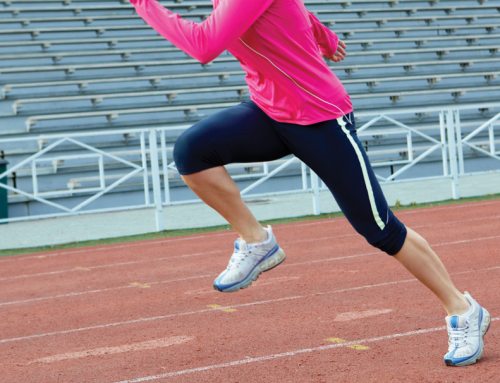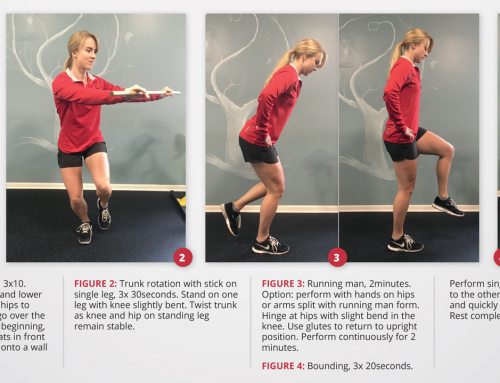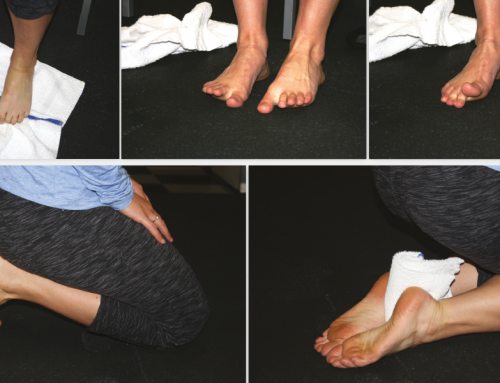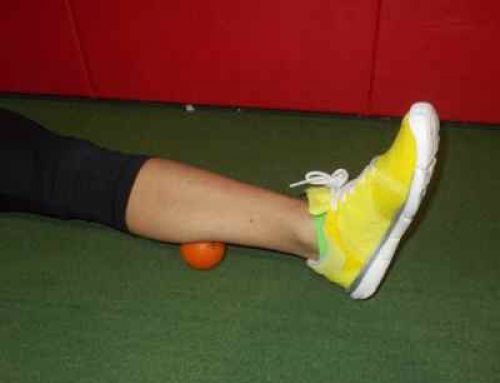By Catherine Duncan
The female athlete triad is a term used to describe a syndrome that occurs all too frequently in girls and women who participate in sports, particularly those sports with high endurance demands. The syndrome is defined by three main issues: low energy availability, loss of bone mineral density, and menstrual cycle dysfunction. There are significant psychological and physical aspects to this syndrome, which can have life-long negative effects.
The first component is low energy availability, or insufficient intake of calories, or food, for the energy expended both in life and sports. Athletes today are regularly encouraged to compete at higher and higher levels, and girls and women are at higher risk for low energy intake due to social pressures for having a lean, slender body. Without sufficient energy, your body “eats” itself.
Loss of bone mineral density and abnormal menstrual cycle go hand in hand. If the problem develops in adolescence, a girl will not develop maximal bone density during the time in her life in which her bone density is established that follows her into adulthood. The risk of osteopenia and osteoporosis, a debilitating bone loss disease, is significantly increased. Oligomenorrhea (inconsistent menstrual cycles) and amenorrhea (absence of a menstrual period) result in abnormal hormone levels that further complicate normal development.
Who is at risk? Girls and women who compete in sports are at risk, especially if they are not following sound nutritional practices. Females who compete in multiple sports or multiple teams who do not get adequate rest and recovery time as part of their training are at increased risk. Signs that there may be a problem are an athlete who is skipping meals or eating quick snacks on the go rather than eating full meals, inconsistent or cessation of normal menstrual cycle in a post-pubescent female, decline in performance, obsession with performance or image, fatigue, insufficient rest and recovery built in to training program, altered sleep patterns, and stress-related injuries such as stress fracture or stress reaction.
If you or someone you know is showing signs or at-risk behaviors for developing the female athlete triad, the best treatment involves a comprehensive approach to care, including physical therapy, nutrition counseling, medical support from a primary care provider, and counseling as needed. With treatment, this destructive cycle can be broken, and the athlete can return to peak performance in good health.
# # #
Catherine Duncan, PT, SCS, ATC has enjoyed treating athletes and runners for over 16 years. She enjoys playing soccer, running, biking, swimming, and just about anything outside. She can be found at Proaxis Therapy in Carrboro as well as running all over soccer fields and town with her family.






